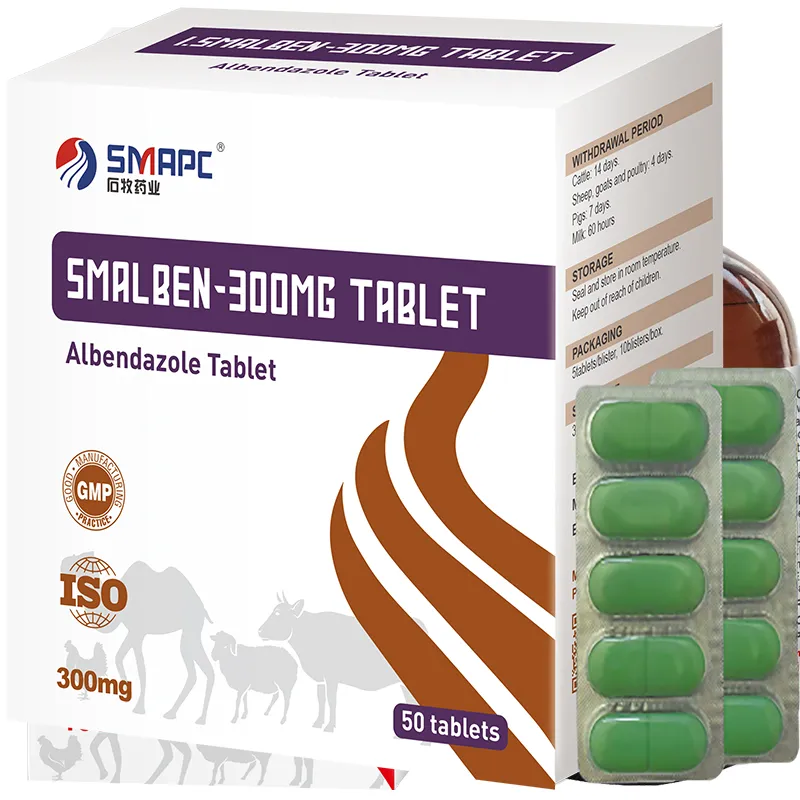4. Local Anesthetics In some cases, local anesthetic techniques such as nerve blocks may be used during surgery. These can provide targeted pain relief in specific areas of the body and may reduce the need for systemic medications post-surgery.







